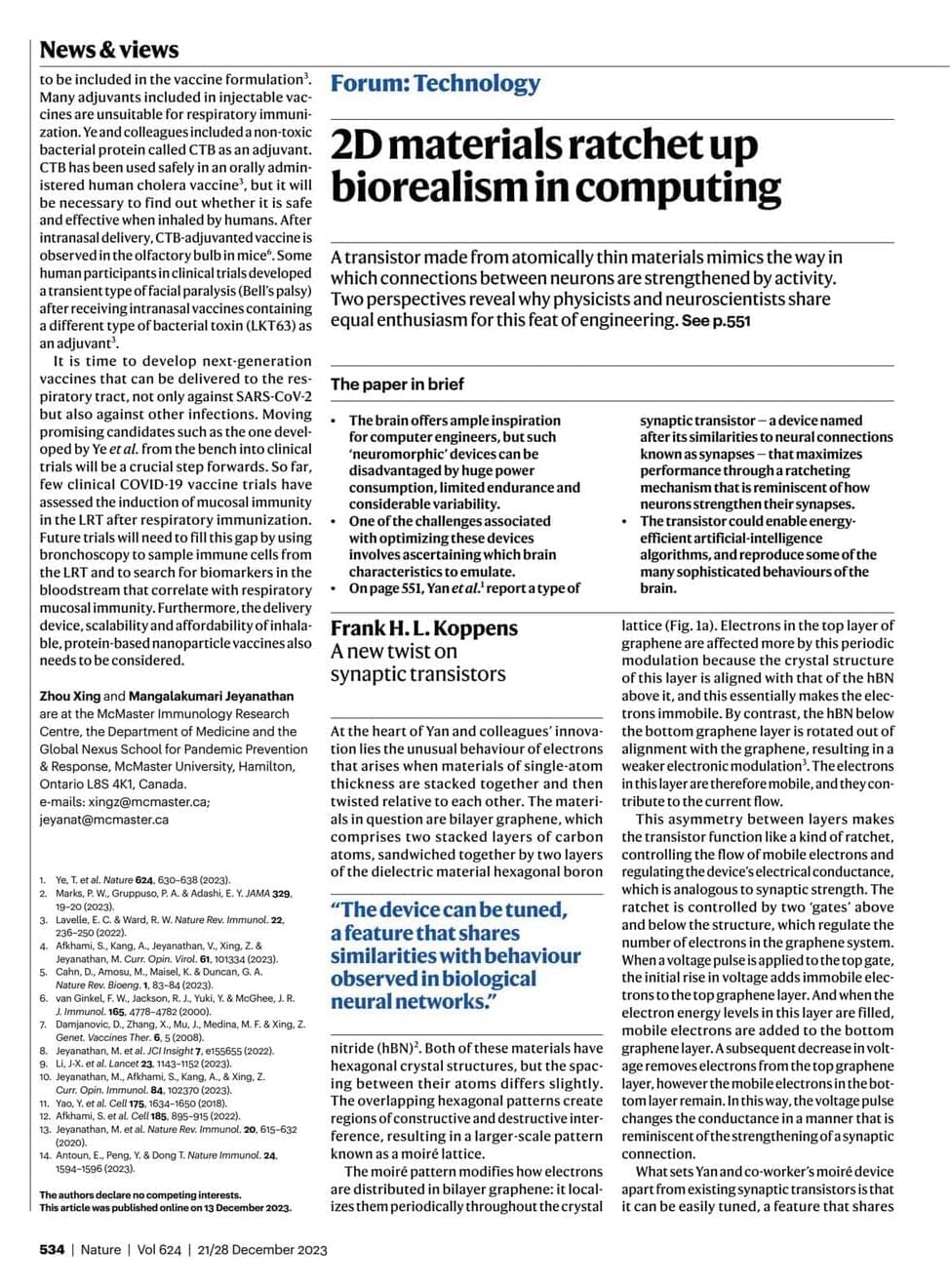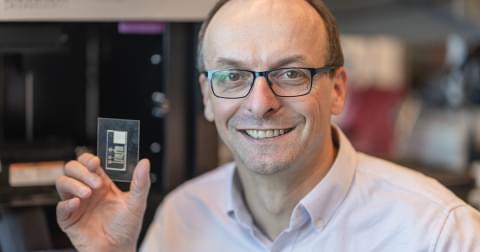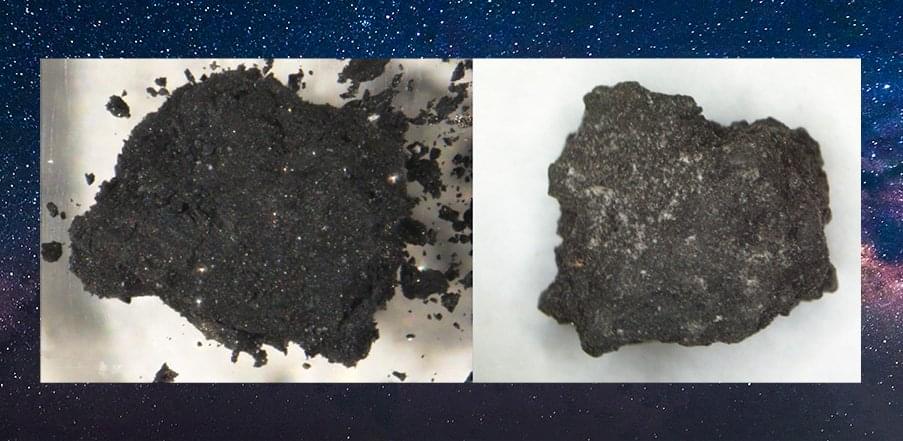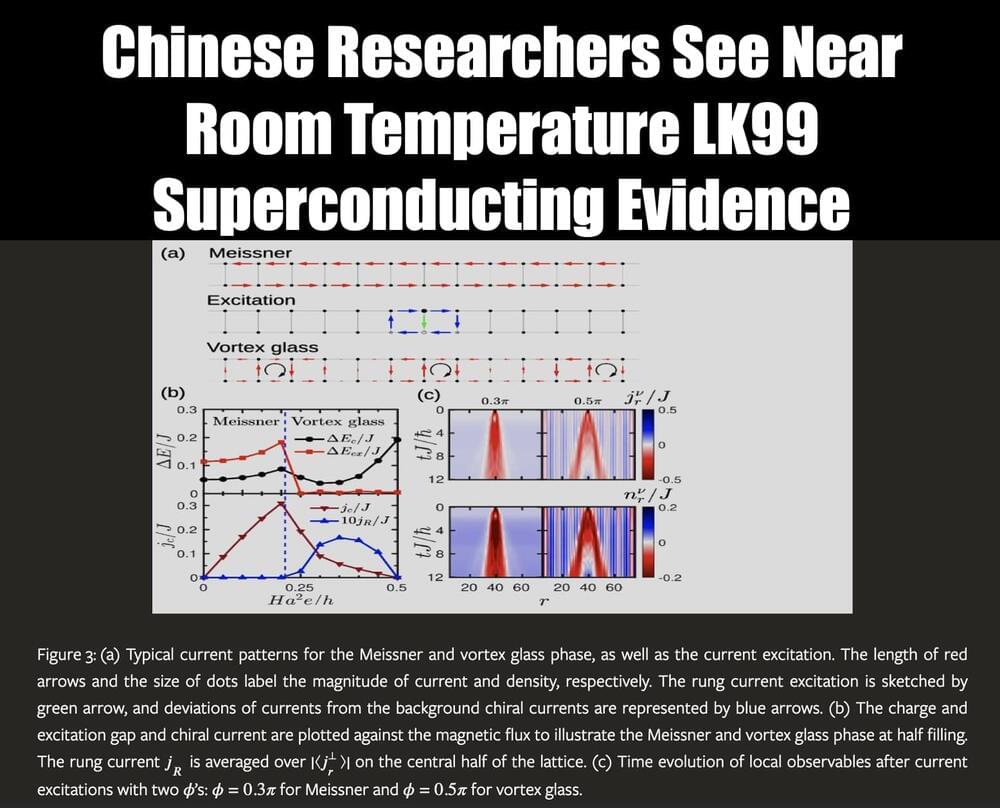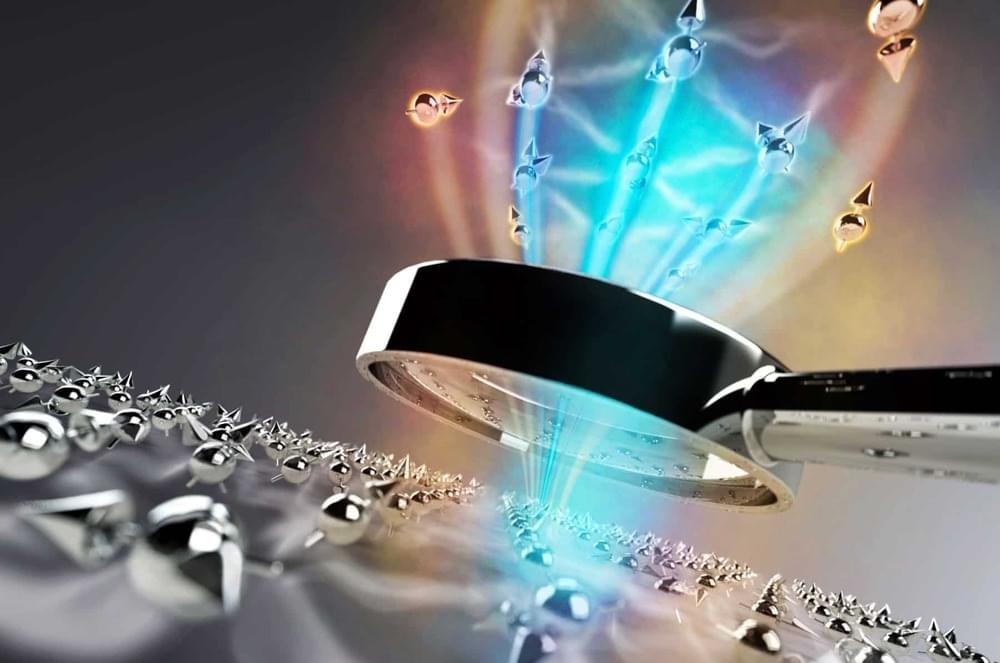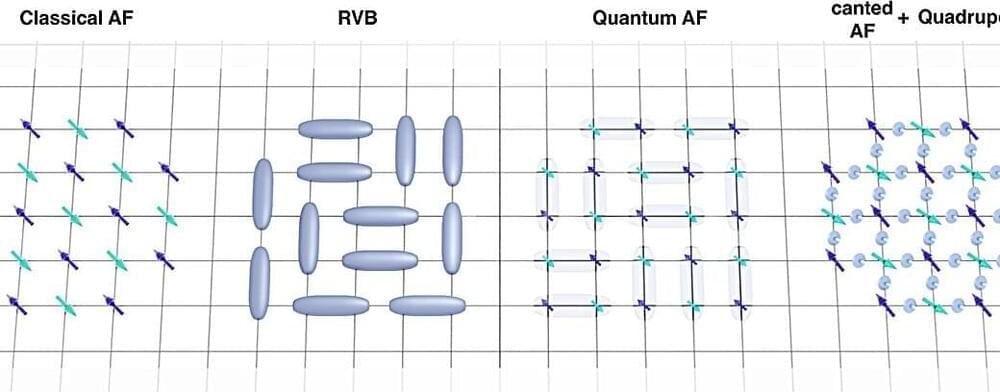Archive for the ‘materials’ category: Page 70
Dec 23, 2023
Google AI discovers 2.2 million new materials for a host of technologies
Posted by Shubham Ghosh Roy in categories: materials, robotics/AI
Google’s AI GNoME has predicted 2.2 million novel inorganic crystal structures. If synthesized in labs, they may pave the way for new technologies.
Dec 22, 2023
Made-to-Order Diagnostic Tests may be on the Horizon
Posted by Natalie Chan in categories: computing, materials
McGill University researchers have made a breakthrough in diagnostic technology, inventing a ‘lab on a chip’ that can be 3D-printed in just 30 minutes. The chip has the potential to make on-the-spot testing widely accessible.
As part of a recent study, the results of which were published in the journal Advanced Materials, the McGill team developed capillaric chips that act as miniature laboratories.
Unlike other computer microprocessors, these chips are single-use and require no external power source — a simple paper strip suffices.
Dec 21, 2023
Ryugu Samples illuminate Terrestrial Weathering Effects on Primitive Meteorites
Posted by Natalie Chan in categories: materials, space
A groundbreaking study conducted by a team of international scientists has unveiled unprecedented insights into the nature of the asteroid Ryugu and shed light on the composition of water-and carbon-rich small bodies in the solar system.
Asteroids like Ryugu are remnants of planetary embryos that never reached larger sizes, making them invaluable windows into materials that formed in the early solar system.
The study centered on laboratory measurements of the samples brought back to the Earth by the Hayabusa2 spacecraft in 2020.
Dec 20, 2023
Inside Tesla’s Revolutionary Cybertruck Manufacturing Process: A Game-Changer in Work Truck Technology
Posted by Chris Smedley in categories: materials, transportation

Tesla’s Cybertruck manufacturing process is groundbreaking and involves high precision laser cutting and stamping of stainless steel, setting a new benchmark for work trucks and impressing industry experts like Sandy Munro.
Questions to inspire discussion.
Dec 19, 2023
Chinese Experiments Show Near Room Temperature Superconducting Evidence for LK99
Posted by Dan Breeden in categories: energy, materials
South China University of Technology and Central South University published a paper confirming the discovery of a near-room-temperature superconducting component in LK99-type materials through sample testing. This is significant experimental support for LK99 room temperature superconductivity.
They have found significant hysteresis and memory effect of LFMA in samples of CSLA. The effect is sufficiently robust in magnetic field sweep and rotation and will lose memory in a long duration. The temperature dependence of LFMA intensity exhibits a phase transition at 250 K. The phase diagram of superconducting Meissner and vortex glass is then calculated in the framework of lattice gauge model. In the near future, they will continue to improve the quality of samples to realize full levitation and magnetic flux pinning by increasing active components. The application of a microwave power repository will be considered as well.
Most superconductors have got the low-field microwave absorption (LFMA) due to the presence of superconducting gap and the relevant superconducting vortices as excited states. More importantly, the derivative LFMA of superconductors is positively dependent of the magnetic field as the vortices are more induced under higher field. As a comparison, although the soft magnetism is also active under low field, the precession of spin moments will be suppressed so that the derivative LFMA of magnetic materials is normally negative. The sign of LFMA can be always corrected by the signal of radicals in our measurements. In this case, the signals below 500 Gauss are all positive, implying the presence of superconductivity.
Dec 18, 2023
Quantum simulator visualizes large-scale entanglement in materials
Posted by Saúl Morales Rodriguéz in categories: materials, quantum physics
Result draws on 50-year-old theorem from quantum field theory to make entanglement measurement more efficient.
Dec 18, 2023
Discovery of magnetic liquid crystal: First direct observation of spin quadrupole moments in a spin-nematic phase
Posted by Saúl Morales Rodriguéz in category: materials
Liquid crystal is a state of matter that exhibits properties of both liquid and solid. It can flow like a liquid, while its constituent molecules are aligned as in a solid. Liquid crystal is widely used nowadays, for example, as a core element of LCD devices.
The magnetic analog of this kind of material is dubbed the “spin-nematic phase,” where spin moments play the role of the molecules. However, it has not yet been directly observed despite its prediction a half-century ago. The main challenge stems from the fact that most conventional experimental techniques are insensitive to spin quadrupoles, which are the defining features of this spin-nematic phase.
But now, for the first time in the world, a team of researchers led by Professor Kim Bumjoon at the IBS Center for Artificial Low-Dimensional Electronic Systems in South Korea has succeeded at directly observing spin quadrupoles. This work was made possible through remarkable achievements over the last decades in synchrotron facility development.
Dec 17, 2023
Boost Your Success with Harvard Psychiatrist’s Tips
Posted by Chris Smedley in category: materials

Personal growth and success require a focus on emotional intelligence, individualized practices, and a shift away from material desires and instant gratification.
Questions to inspire discussion.
Continue reading “Boost Your Success with Harvard Psychiatrist’s Tips” »
Dec 17, 2023
Warren Buffett dumped his $850 million stake in Mary Barra’s General Motors and cut back on Amazon
Posted by Kelvin Dafiaghor in category: materials
Berkshire Hathaway said on Tuesday it has shed its holdings in General Motors and Procter & Gamble, and trimmed its stake in Amazon.com, as the conglomerate controlled by billionaire Warren Buffett boosted its cash pile to a record $157.2 billion.
In a regulatory filing detailing its U.S.-listed stock holdings as of Sept. 30, Berkshire reported no holdings in GM and P&G, after reporting stakes of $848 million and $48 million in June, and said it reduced its stake in Amazon by 5%.
Berkshire also appeared to have shed what had been a $621 million stake in Celanese, a specialty materials company.
